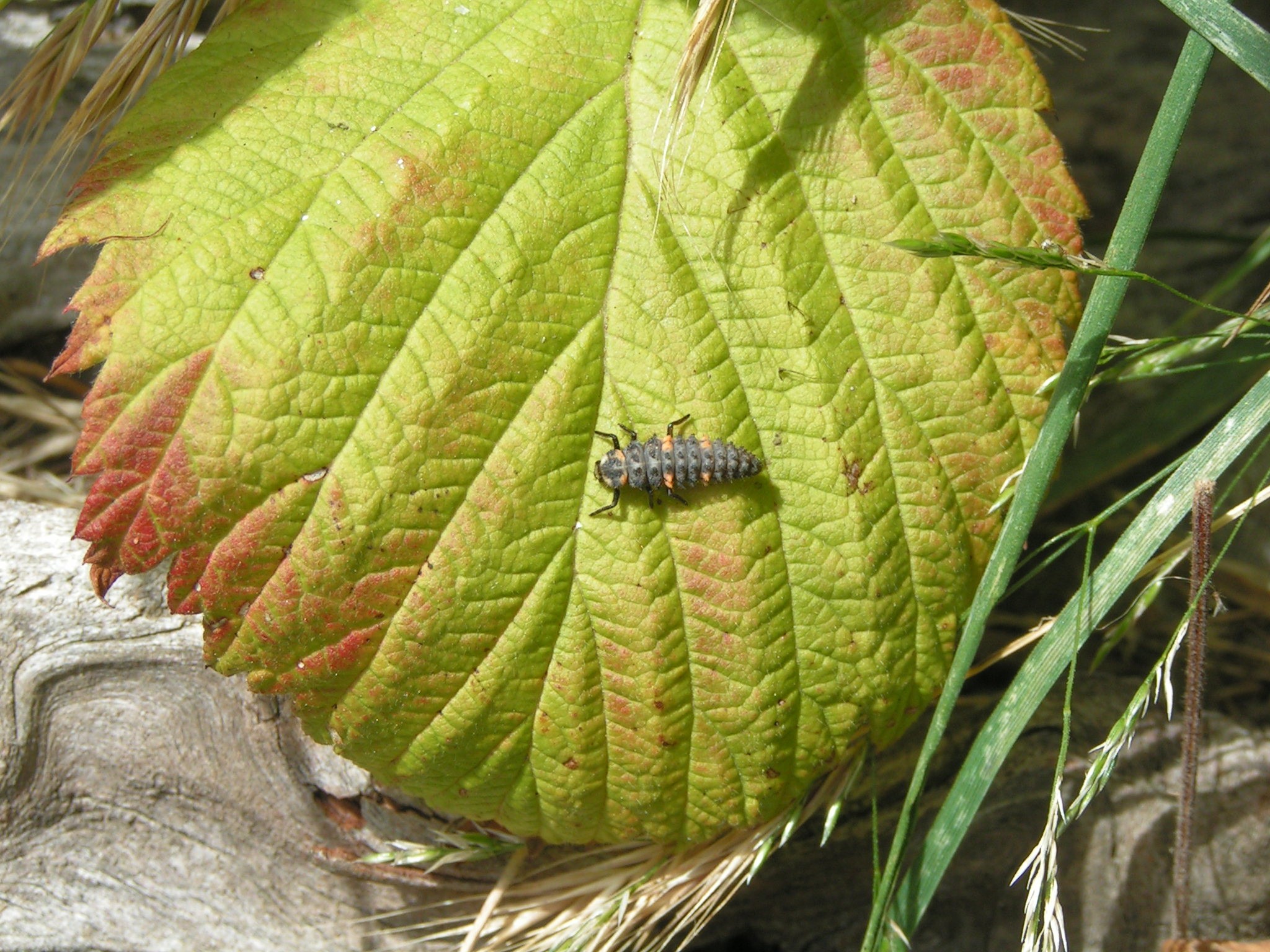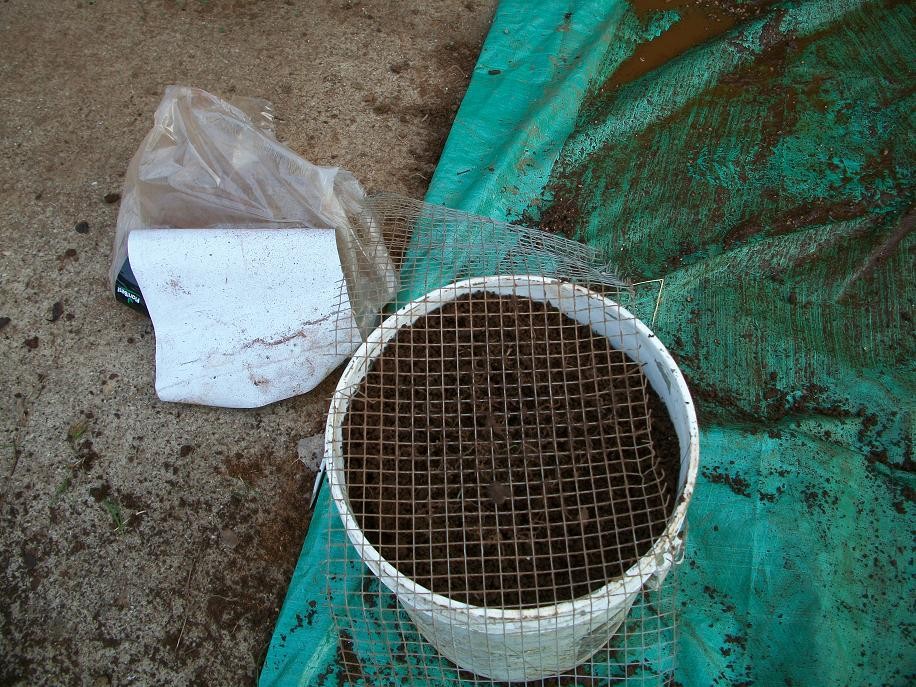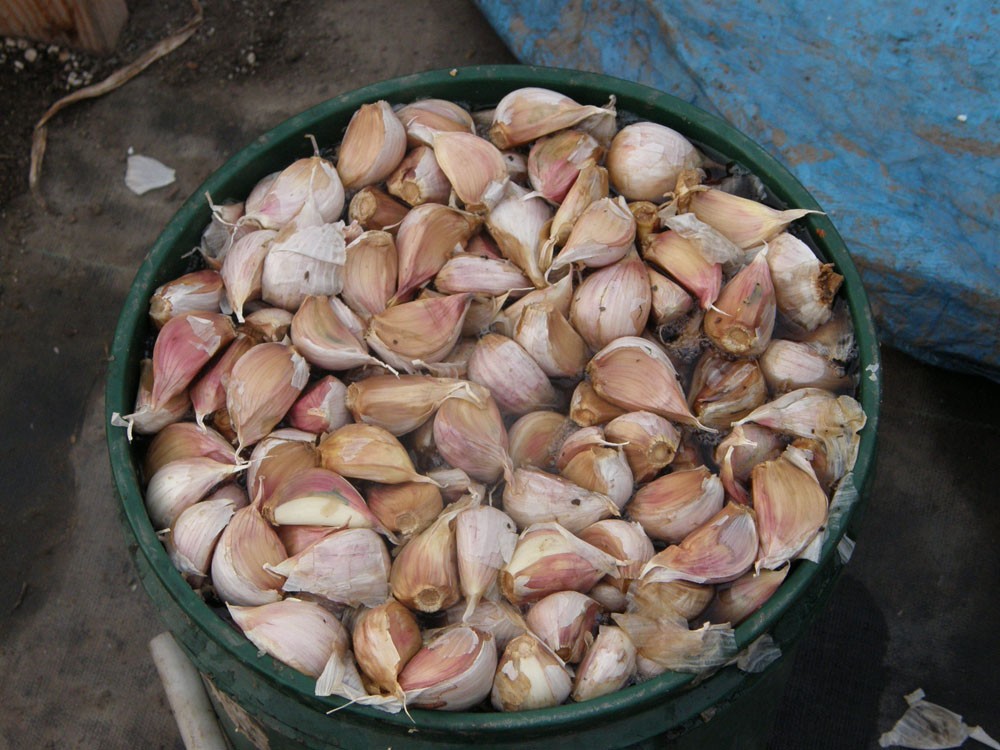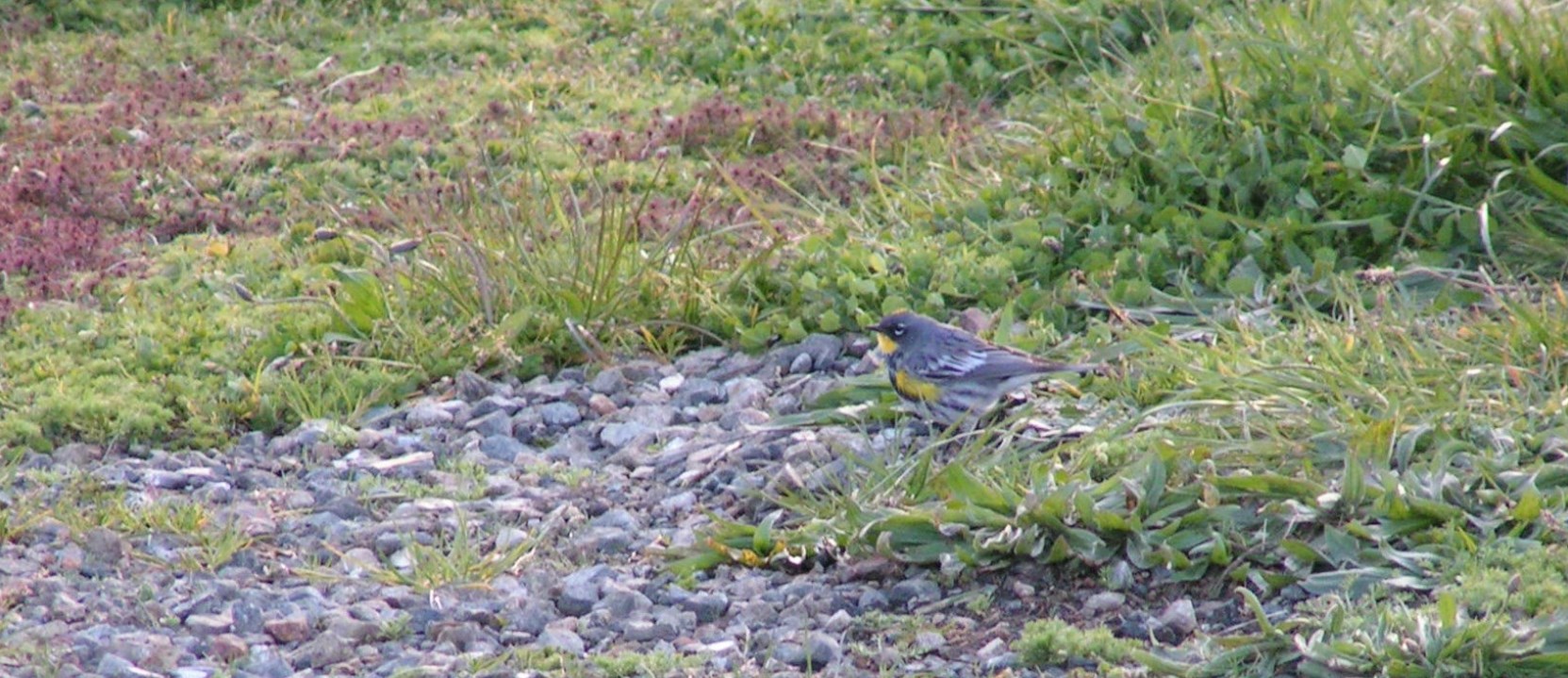Consider where your plants will look their best. They should be visible, if possible, from the house, patio, porch or other living area to provide you the most enjoyment. Perennials are usually most effective in masses, but also serve well in small clumps as accents. Dark backgrounds, such as evergreens, focus attention on them. Also, be sure to consider the light and ultimate space requirements of your plants. Crowding causes competition for light and results in weak, leggy growth. It also reduces air circulation, thus promoting certain plant diseases and reducing the natural beauty that the plants could attain.
Often you can utilize limited space to best effect by growing adaptable perennials, shrubs, and even small trees in portable containers, moving them in to extenzereviewinformation.com stock and out of the landscape as seasonal interest dictates.
Light
Most prefer full sun, some do best in partial shade, and a very few will thrive in nearly total shade. Light requirements are noted with each plant to help you find the proper location in your landscape scheme. Bear in mind that light intensities vary with latitude… plants that require full sun in the North may prefer partial shade in the South.
Water

Some plants do best under fairly dry conditions, others on moderate moisture and still others need to be moist almost constantly. Regardless of these preferences, the most important requirement of most plants is good drainage. Addition of materials such as coarse sand, gravel and loose organic matter to the soil will improve drainage.
Air
All plants thrive with adequate air circulation. Adequate spacing promotes this and prevents diseases and physical defects due to over-crowding.
Soil

Unless otherwise specified, a good garden loam of loose texture is preferred. Soils that are too “heavy” (of clay texture) may be improved by the addition of coarse sand, ground bark, compost or well-rotted manure. “Light” or sandy soils can be improved through the addition of compost or manure to increase their moisture retention. Some plants require specific soil pH (a measure of the acidity or alkalinity of the soil, with 7.0 neutral, becoming more acid as the numbers get lower and more alkaline as the figures get higher). pH may be measured with soil test kits or a pH meter offered by seed catalogs.
Most plants prefer a slightly acid soil (5.8-6.5), as in this range nutrients are most freely available to the plants. Certain plants have different pH requirements. pH may be adjusted by adding agricultural lime or limestone to raise the pH, iron, aluminum sulphate, or sulphur to decrease pH. Consult your county agent if in doubt about the amount.
Feeding
Some plants require a specific type of fertilizer, or grow best with little or none. In general, an all-purpose garden fertilizer, applied at the rate of 3 pounds per 100 square feet, will give good results.
I recommend that such not be applied in late summer or fall, lest it encourage the plants to make lush, soft, late-season growth that is susceptible to winterkill.
Insects and Diseases

Cleanliness is most important. Keep tools and containers clean. Keep weeds down as they may harbor harmful insects. At the first sign of insect or disease problems, contact your local County Agent who can advise safe and effective control methods. Don’t wait until you notice heavy infestations of insects, as much damage can be done before you have effected control; prevention is easier.
Perennials
Soil Preparation

Prior to planting, turn over soil to a depth of 8 to 12 inches, incorporating a 3- to 4-inch layer of organic matter such as peat, ground pine bark, compost, leaf mold or well aged manure, well worked into the soil. Add a low-nitrogen fertilizer, such as 5-10-10, at the rate of 3 pounds per 100 square feet and mix in thoroughly. For best drainage, planting site should be a few inches above ground level. Nothing will improve the quality of your plantings more than this initial effort to obtain a deeply worked, friable soil. Ideally this preparation should be done before your plants arrive.
Planting

If plants are in pots, place one hand over the top, with fingers around the base of the stem, invert and rap bottom of pot briskly. The plant and its ball of soil will come out easily, with the ball intact. Set it so that the surface of the ball is just barely below soil level.
For bareroot plants, remove bag and set plant so that the crown (junction of the root and stem) is at ground level, unless otherwise noted for the specific plant. If there is no topgrowth (as with dormant plants), cover crown with ½” of soil. In all cases, the soil should be firmed around the newly set plant, leaving a slight saucer shaped “dish” or depression. Water thoroughly until water fills this depression. This “muddying in” is the most important of all procedures, since it firms the soil about the roots, drives out air pockets, promotes good root-to-soil contact and does more to prevent transplanting loss than anything else. (After plants are well established, the dish should be filled in with soil to ground level so that water does not stand in it after heavy rains.)
If planting in late spring or during summer when hot sun may injure the newly set plants, provide temporary shade for newly set perennials and ground covers with tents of newspaper or cloth.

